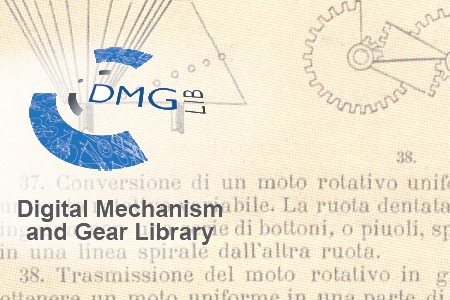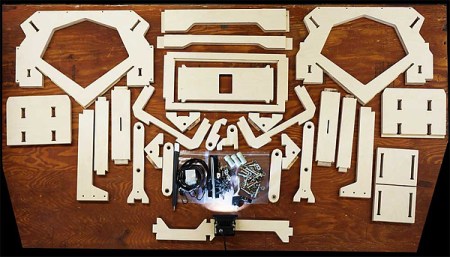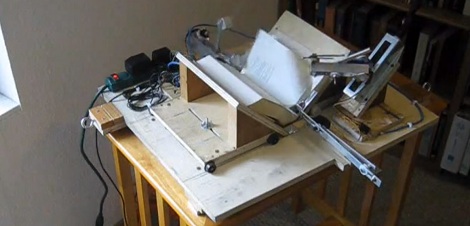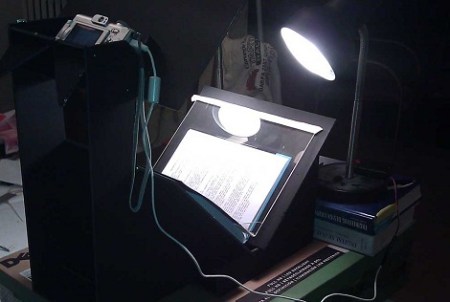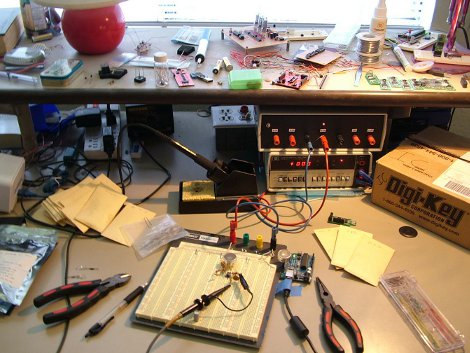
You’ll find this used book vending machine at The Monkey’s Paw in Toronto, Canada. For two Loonies you can buy a random book from the machine’s hopper. Silly? Absolutely. But as you can see from the video after the break, the act of buying a book this way is a lot of fun, and we always like to see the insides of a machine like this.
[Craig Small’s] creation looks vintage, and the chugga-chugga and mechanical bell that accompany each sale go along well with that appearance. Of course the machine is new. A trio of hoppers behind the façade hold stacks of books at a forty-five degree angle. Each stack is raised one at a time by a winch and pulley. Once the top book on the stack is high enough to slide into the dispenser chute the winch stops and the bell rings. A simple solution to dispensing something that is not a standard size.
Because the Biblio-Mat is meant to clear out the discount books, slight damage caused by falling down the chute won’t even be noticed. And if you end up really loving the book you can digitize it by running it through one of these.
Continue reading “Bilbio-mat Is An Awesome Yet Simple Used Book Vending Machine”

